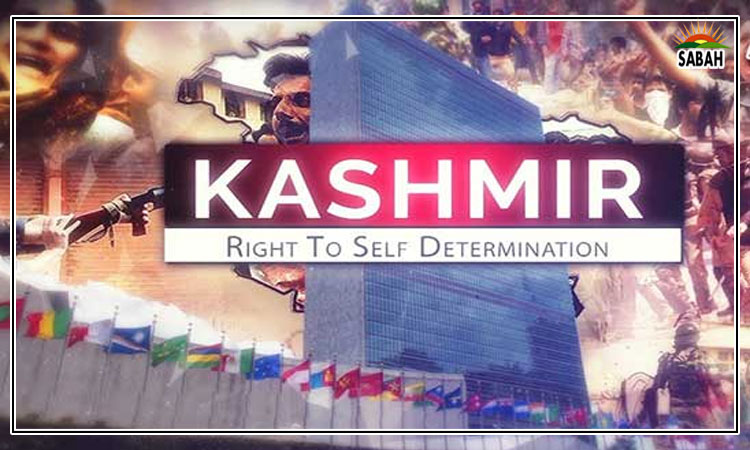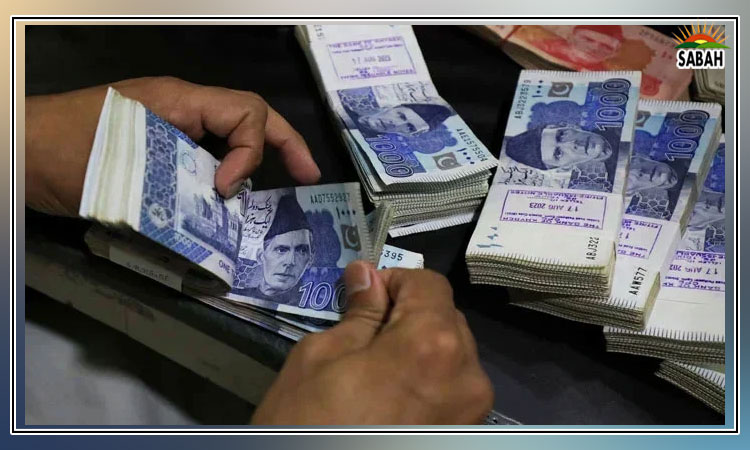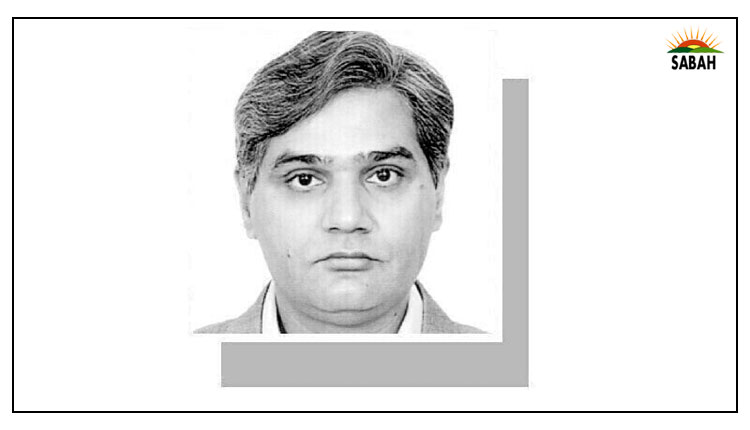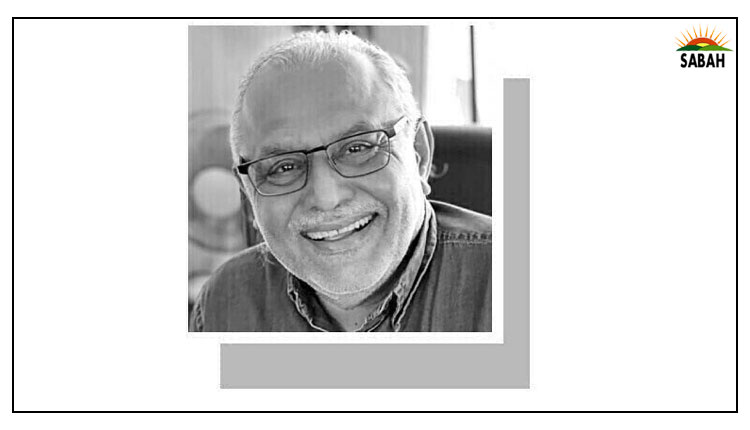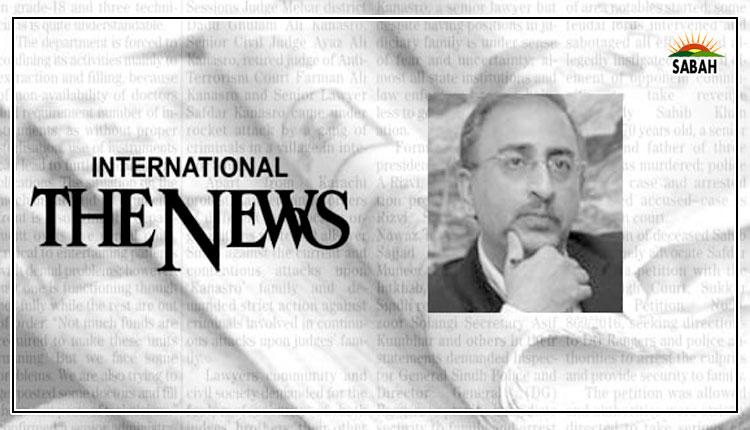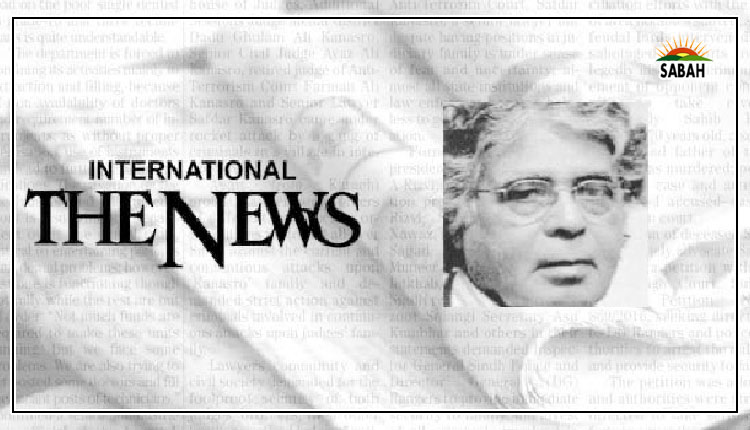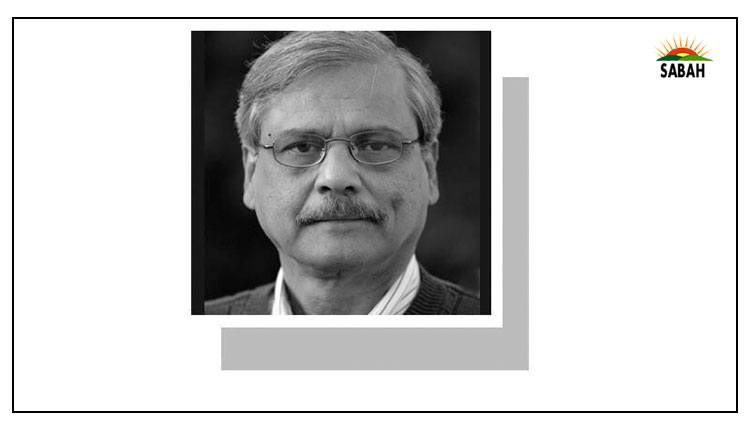Colonisation of Kashmir…Zahid Hussain
INDIAS top court has validated the Narendra Modi governments 2019 action of stripping India-occupied Kashmir of its semi-autonomous status. The unanimous court decision, sealing the annexation of the disputed territory, has not come as a surprise.
The ruling has formalised not only the Modi governments move to divide the region but also the ongoing demographic change in the occupied land. It has been yet another dark day for millions of Kashmiris living under Indian occupation.
The Indian prime minister has hailed the ruling as historic and called it a resounding declaration of hope, progress, and unity. The verdict may have given Modis Hindu nationalist party a huge political boost on the eve of general elections, which are just a few months away, but is certainly not a declaration of hope for the subjugated population of held Kashmir. The court has also ordered elections in the region by Sept 30 next year.
Given the volatile situation in the territory, it will be hard for New Delhi to hold polls there. The annexation has been rejected even by Kashmiri leaders traditionally opposed to separation. The court ruling is likely to fuel tensions, leading to further repression. Almost all the top Kashmiri leaders have been detained. Although militancy in Kashmir has come down in the face of brute military action, the situation is far from being under control.
On Aug 5, 2019, soon after he returned to power with a greater mandate than previously, Modi struck down Article 370 of the Indian constitution that provided Kashmir a semi-autonomous status. After seven decades, the fig leaf of nominal autonomy for the occupied territory was removed.
The verdict has alienated even those Kashmiri parties that were willing to work with India.
Article 370 of the Indian constitution was, in fact, based on the Instrument of Accession of the disputed state to India that had been rejected by Kashmiri separatist groups and Pakistan.
Over the years, the provision was diluted so much that the occupied territory had lost even the semblance of autonomy. The Modi governments Aug 5 action only formalised the charade and lifted the thin veil covering the colonisation of Kashmir. Modi had long promised to end the special status of held Jammu & Kashmir and annex the latter to the Indian state.
But the urgency of the move, and the way it was done, demonstrated hubris and overreach on the part of the Indian prime minister. In fact, the revocation of Article 370 divided the region into two federal territories Ladakh and Jammu-Kashmir both ruled directly by the central government, without a legislature of their own.
The Aug 5 action followed the deployment of thousands of additional Indian troops in the occupied region to crush mass protests. It united Kashmiris as never before in challenging the usurpation by India. The territory has been under New Delhis direct rule for the past four years. It is virtually under siege, with all fundamental rights suspended.
Opposition parties called the move Indian democracys darkest chapter and challenged the legality of the action carried out via a presidential order. Political parties in Kashmir that opposed the revocation were also among those that went to court.
For over four years, Indias top court had been hearing the petitions challenging the constitutionality of the decision to revoke Kashmirs semi-autonomous status. The judgement on Monday has not only validated the Modi governments illegal action but also sanctified the use of brute force by the Indian state to crush the Kashmiri freedom struggle.
More damaging is the endorsement of the abrogation of Article 35-A that ensured that only Kashmirs permanent residents can own property in the region. The Modi government changed the domicile rule in an effort to alter the demography of the Muslim-majority region.
The measure grants a right to residency and government jobs to anyone from India who has lived in the state for 15 years or more, studied there for seven years and taken certain exams, or served in its state government for 10 years or more.
According to some reports, around half a million people from different parts of India have already acquired Kashmiri domicile certificates, thus changing the demography of the occupied territory that could alter the result of the elections if they are ever held.
The Indian top court order has further alienated even those Kashmir political parties which were willing to work with New Delhi under an autonomous framework. New Delhi is now left with no ally in Kashmir after the ruling.
Omar Abdullah, former chief minister and vice president of the Jammu & Kashmir National Conference party, vowed to continue the struggle. Similarly, Mehbooba Mufti, another former chief minister and president of the Jammu and Kashmir Peoples Democratic Party, declared: Our fight for honour and dignity will continue regardless.
However, for key Kashmiri resistance leader Mirwaiz Umar Farooq, who was under house arrest most of the time since 2019, the verdict has not come as a surprise. Those people who at the time of the partition of the subcontinent facilitated the accession (of the region with India) must feel deeply betrayed, he said.
It is apparent that the Indian supreme court order appears to be pandering to the ultra-right nationalist Hindutva. It would certainly give a boost to the electoral prospect of the governing Hindu nationalist Bharatiya Janata Party in the national polls next year, paving the way for Modi to win his third term as prime minister. The partys latest victory in three major states has already consolidated its electoral position.
The Indian court order endorsing the Modi governments Aug 5 action will also have geopolitical implications, closing the door for any meaningful dialogue between Pakistan and India.
Pakistan has limited options in the present circumstances beyond extending political and moral support to Kashmirs struggle for the right of self-determination and exposing Indias sinister designs at international forums. But the people of Kashmir have shown that even the massive use of force by the Indian state has failed to diminish their resolve for freedom. It is going to be a long war for them. Indias draconian measures will only strengthen their determination.
Courtesy Dawn


